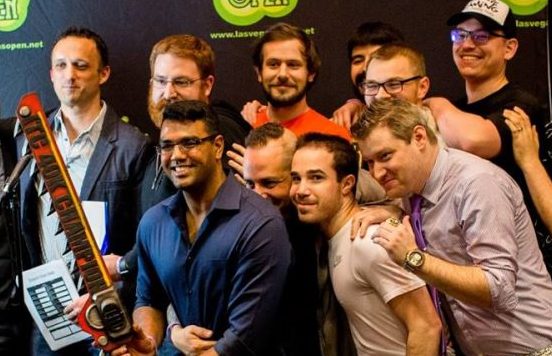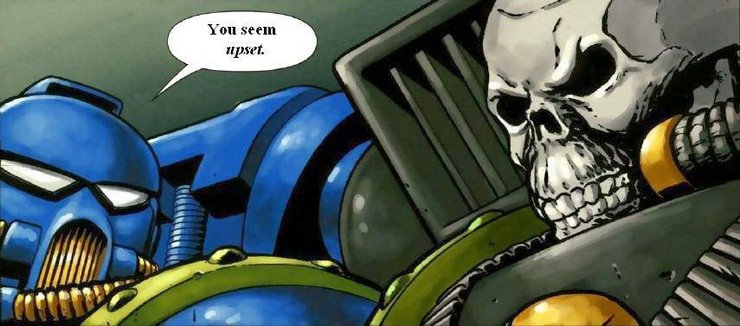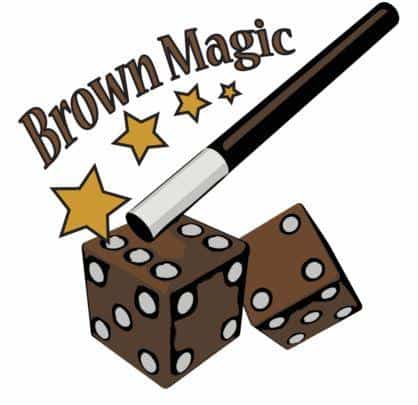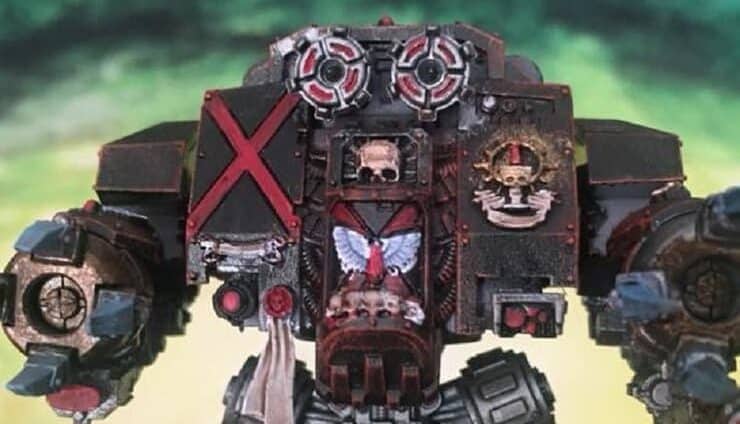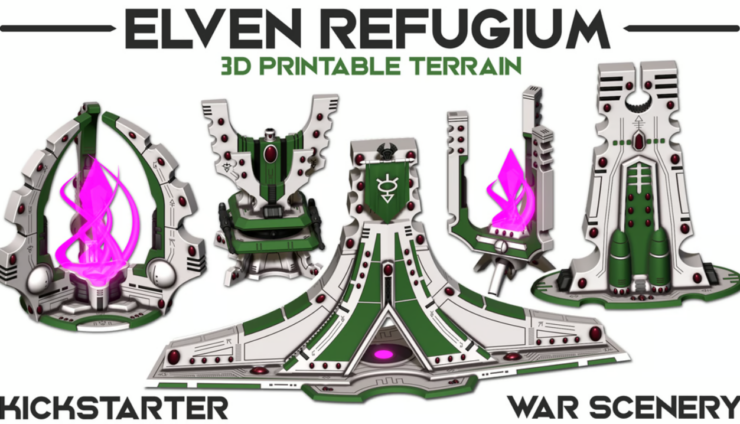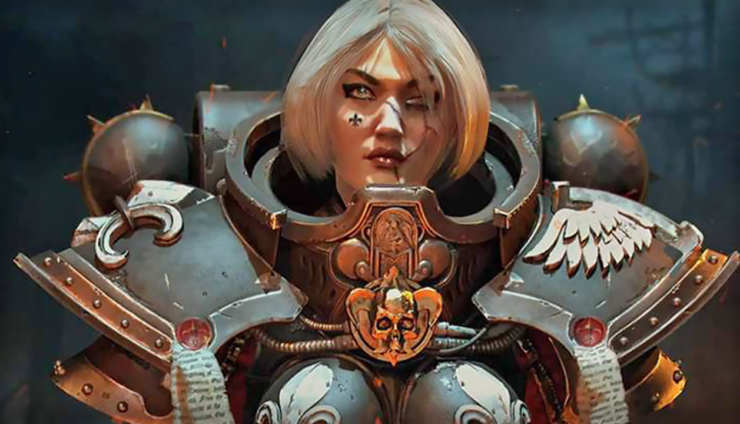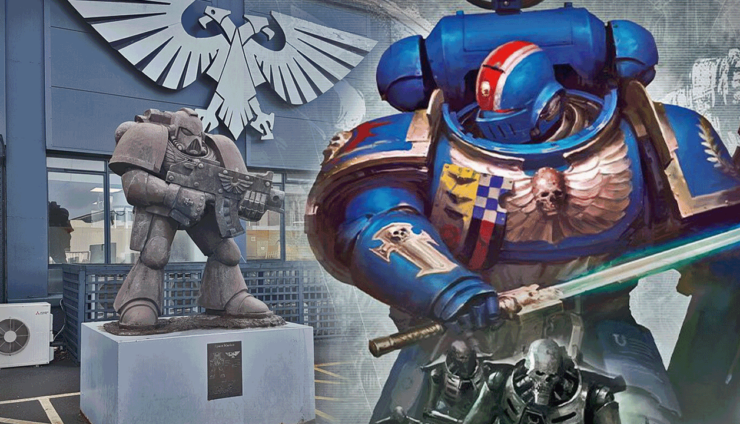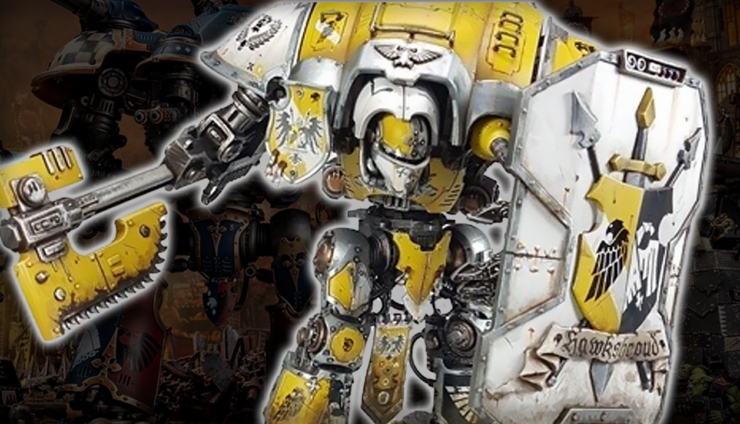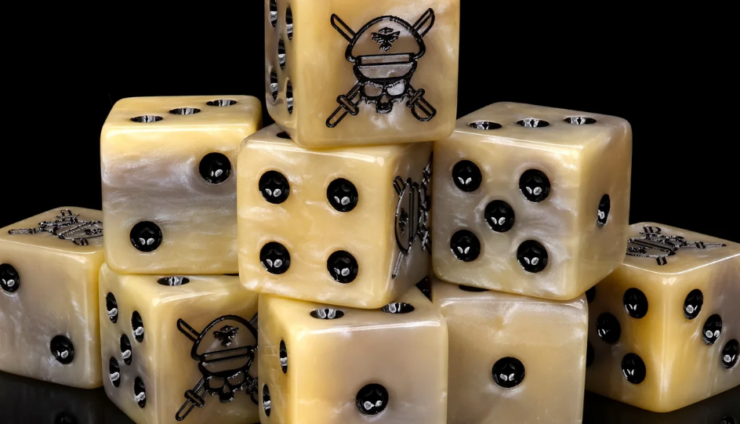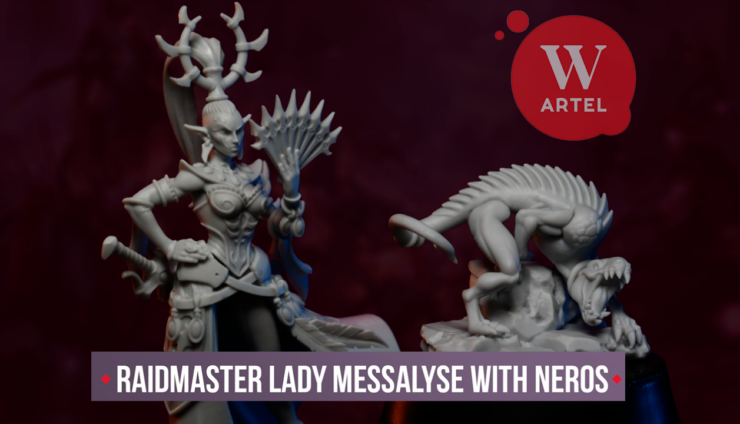Twin ITC Champions Matt Root & Nick Nanavati have been bringing the heat lately to help you get better at playing 40k. Come see their latest on 2 easy ways you can get better at Tournaments.
The Thoughts and the Thinkings of a Matt Root: A How To Guide For Winning The ITCs
Ladies and Germs! Welcome to my humble article. In this guide, I will be writing about some often maligned advice that is easily missed when trying to win a tournament. Everyone can agree there are some basics that need to be completed if you want to win a GT, a Major, or even the ITC. This includes stuff like building a balanced list, practicing in a playtest, and knowing rules.
However, there are some important aspects of preparing (and playing) that are often missed that can make the difference between going 3-3 and winning a 100+ person tournament.
As such, I’ve written this guide in the hopes of taking you through my own personal process of how I try to win events. This will be a multiple-part article that I hope will make you as excellent (but not as sexy) as me. For now, let’s start with some pre-tournament preparation, and how it can make the difference for you.
1: Choosing the list that’s right for you
This is a more complicated topic than people give it credit for. No one can argue that Eldar aren’t competitive, or that poxwalker spam couldn’t cut it at a GT, or that 7 flyrants can’t kick ass. So, here’s the million dollar question:
Why do some players go 2-2 with a list while others can go 8-0 with it?
The prime example is Adepticon. I was far from the only player who took 7 flyrants. However, out of dozens of players with almost the EXACT same list, why didn’t more make it into the Top 16? Why wasn’t the top 16 literally nothing but Flyrant lists if it’s so strong? Some would say player skill, some would say luck, some would say random chance – and they’d all be right. However, there is an important aspect of this formula that people are missing: playing what you’re good at.
If I had taken Nick Nanavati’s exact list (Poxwalker spam) to Adepticon, I guarantee I wouldn’t have made it to the top table. Similarly, if Nick took my 7 Flyrant list, I guarantee he wouldn’t have made top table either. This is because we understand our own strengths: I am good at playing aggressive, hard-hitting armies, whereas Nick’s skill comes to finesse and tricksy armies (being a stupid pansy Elf player).
This is an extremely important part of becoming a successful 40k general: recognizing your own strengths. It is why Nick can take Flying Daemons for years on end and win Adepticon. It is why I can take War Convocation and succeed at multiple GTs whilst others had difficulty with it. It’s in our nature to play the way the army needs to be played.
So first you need to do some self-assessment: What kind of player are you? I generally divide armies into the following types:
- Maximum Threat Overload (MTO): These are armies that are fast, hard-hitting and overwhelm your opponent with threats, where everything in your list is scary. Examples include Tyranids, certain types of Chaos Space marine lists, and prior to the nerf, Fire Raptor lists.
- Finesse: These are armies that rely on tricks to catch your opponent off guard and to dictate the flow of the game. Examples of this include Eldar/Ynnari, Poxwalker Spam (yes, really), and Tau.
- Grindstones: These are resilient, redundant armies that typically run slow but are impossible to put down quickly, and can grind you down. Examples include Gunline Guard, Custodes lists, and Death Guard.
- Combinations: As the name implies, these are armies that typically combine two of the different types into one list to a lesser degree. An example would be a Guard Gunline with Blood Angel Smash Captains and Dawneagle Captains, which would be an example of a “MTO Grindstone” list.
 This is perhaps the most important part of being a successful general: deciding which type fits your playstyle. Anyone can take a netlist and play it, but you won’t enjoy playing that army unless it’s your type of army. You can be skilled at multiple types of lists, but everyone has a personality that fits the best with a playstyle.
This is perhaps the most important part of being a successful general: deciding which type fits your playstyle. Anyone can take a netlist and play it, but you won’t enjoy playing that army unless it’s your type of army. You can be skilled at multiple types of lists, but everyone has a personality that fits the best with a playstyle.
Figure out what yours is and build a list around it. Not only will you have more fun, but it will make you more engaged with your army – when a player gets bored, they stop caring. When you stop caring, you suck.
2: Playing to Lose
Playtesting and recognizing your army’s weaknesses is a vital part of the process, but some people forget the entire point of playtesting: you aren’t there to win, you are there to lose. Failure is the greatest teacher, and if you aren’t failing, you’re not learning. Some people have trouble accepting this. Let me give you an example.
Let’s say you’re playing Gunline Guilliman- with loads of shooting behind him (which is a fine army), and you deploy normally. You put a squad of scouts out in front of him (infiltrating in the middle of the board), put Guilliman up front so he can get to combat sooner, and a pile of shooting all the way around him. You’re playing against some Dark Eldar with deep striking ravagers, a squad of reavers, and some venoms. No psychic phase to deal with, so all you have to endure is some shooting on your scouts and your nearby Razorbacks, which are tough to kill at a 3+ armor and T7.
Your opponent then proceeds to seize, uses the advance stratagem on his Reavers to kill your front line of scouts in the movement phase, and then proceeds to blow Guilliman away in the shooting phase because he is now the closest character. Whoops.
There are two kinds of reactions to this. One goes like this:
Dark Eldar Player: Okay, that’s 4 more failed saves, and Guilliman dies.
Ultramarine Player: I can’t believe I rolled a 1 and rerolled a command roll into another 1 on Bobby G! This is such bullhonkey farts, I can’t believe how lucky you rolled. Your dice were on FIRE and mine SUCK. Man, feth this game, this always happens to me.
Here’s the second type of reaction:
Dark Eldar Player: Okay, that’s 4 more failed saves, and Guilliman dies.
Ultramarine Player: Well….that sucks. Won’t let that happen again.
Do you see the difference here? In the first example, the player blamed everything on something outside of his control. It was the dice. The opponent had good luck. That wasn’t supposed to happen!
In the second example, the player recognized that he screwed up by deploying Guilliman where he could get shot, accepted his mistakes, and moved on with the game.
I cannot stress enough how important this is: you need to be okay with losing and having bad things happen. This is a dice game; even though the chance of Bobby G dying to shooting is extremely small, it can still happen. If this were a playtest, then Player #1 would likely have given up and started over. Player #2 would have kept going.
That means that at the tournament scene, weeks later, when both players have the same thing happen again 30 games later, Player #2 is going to know how to keep going and try to pull out a win, whereas Player #1 is going to have no clue because previously, he just gave up. So, in that situation, who do you think has better odds of winning the tournament?
This is what I mean by playing to lose. In a playtest, you need to have bad things happen to you, and in some cases, FORCE them to happen. You want to test at a disadvantage.
Let your opponent seize for free. Give your opponent that 5″ charge, even though they only rolled a 4. Assume Celestine made her 2+ roll to get back up after dying the first time, and so on. Sure, it will happen that your opponent at a tournament will be this unlucky, but you can’t rely on that for a win.
Note that this doesn’t mean letting your opponent have stuff for free. You aren’t going to let them make every single hit roll or wound roll without even trying. You are still going to deny psychic powers. You are still going to try and force opponents in a playtest to fail armor saves. But if something egregious happens in a playtest that is way outside the norm in your favor, you might want to assume it didn’t happen. In the examples above, if your opponent rolled an 11 to smite and you denied it on a roll of 12, you might want to let it go through anyways because in reality that would almost never happen.
Play to lose.
Accept mistakes in all of your games. Even in a game that literally came down to nothing but bad luck, you should be looking for things you could have played better. If you say things like “I lost because of dice”, you are doing yourself a serious disservice.
So, play to lose, let bad things happen to you, own your mistakes and learn from them in the playtesting stage – because if you do it there during a practice game, you’ll know exactly how to compensate when it comes up on the top table at a GT, which will make the difference between a shiny trophy or coming home with nothing at all.
Keep up with Nick and Matt over on Brown Magic for more helpful tips to help enrich your game play!





